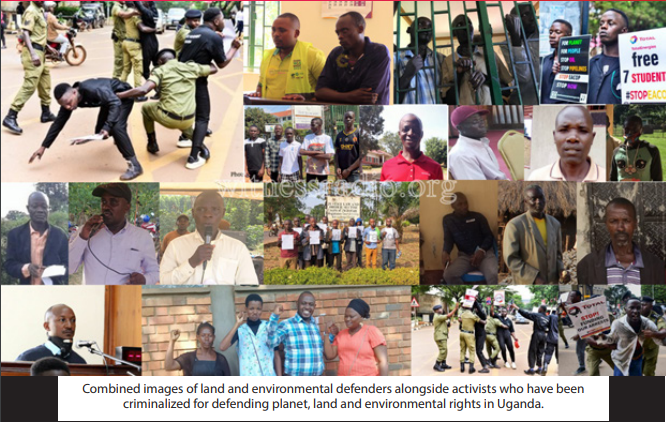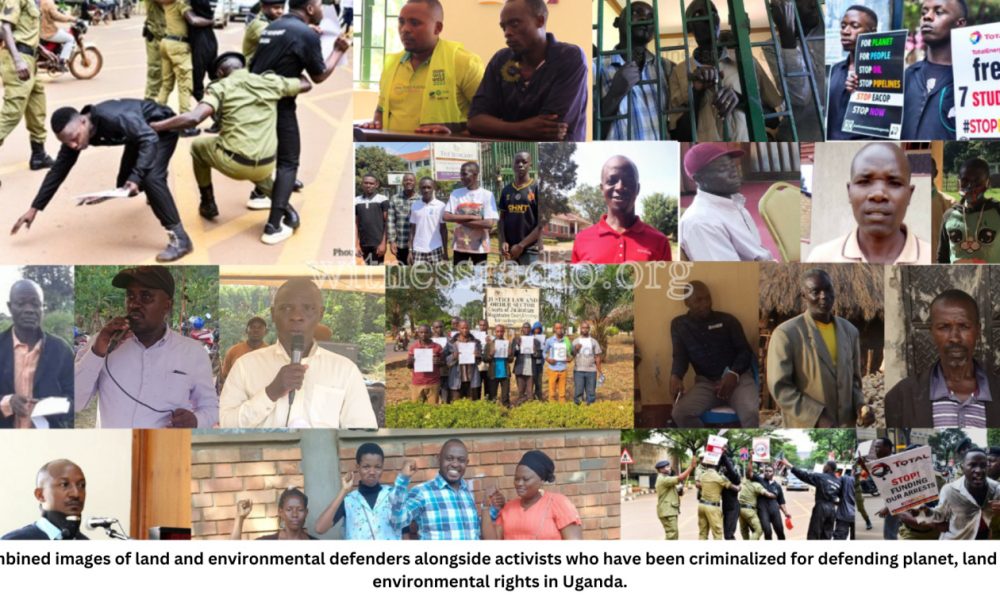MEDIA FOR CHANGE NETWORK
Criminalization of planet, land, and environmental defenders in Uganda is on the increase as 2023 recorded the soaring number of attacks.
Published
2 years agoon
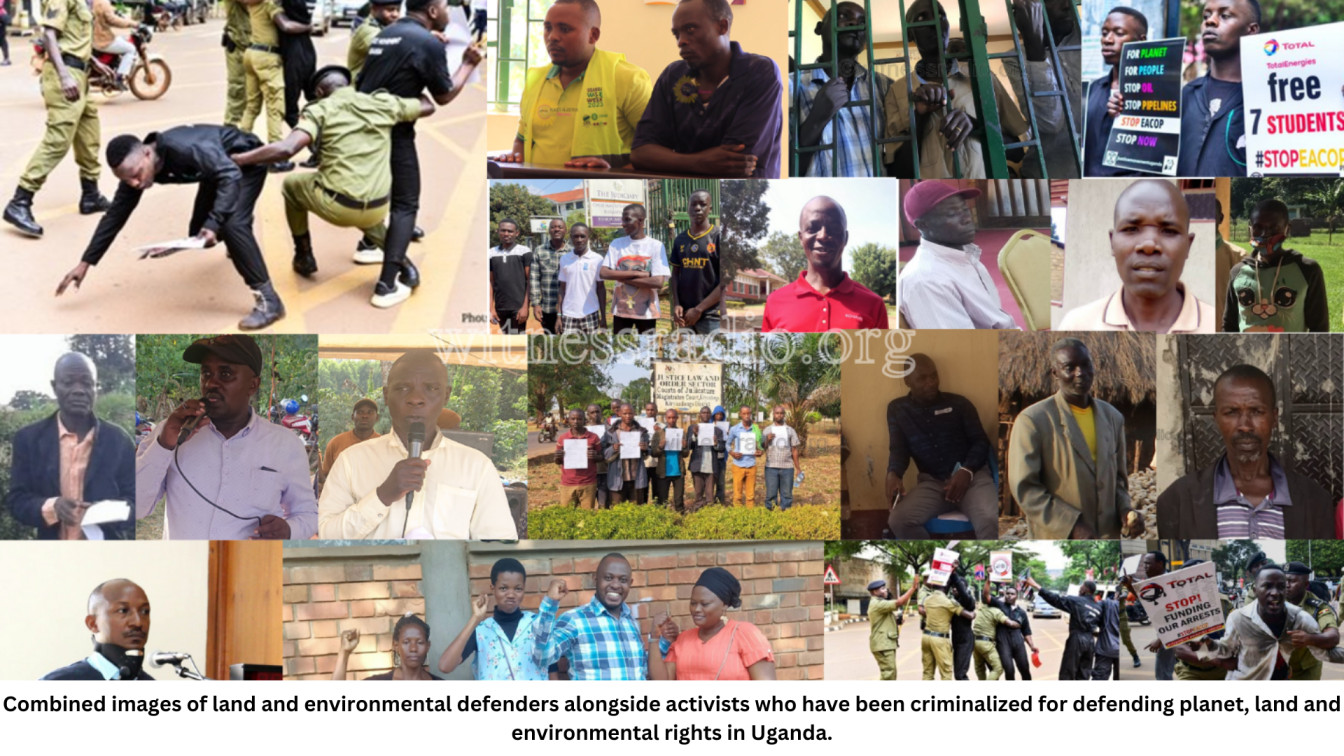
By Witness Radio team.
Close to 200 community human rights defenders and activists have paid a price for protecting the planet, land, and environmental rights in Uganda in the year 2023, Witness Radio – Uganda reports.
The abridged report titled “The State of Planet, Environmental, and Land Rights Defenders in Uganda 2023” by Witness Radio documented 181 cases of arbitrary arrests, detentions, imprisonments, disappearances, and other retaliatory attacks.
Witness Radio‘s findings reveal a disturbing pattern wherein all arrests are marked by extreme violence, particularly targeting those who boldly stand up to fight for nature, food sovereignty, and biodiversity and mobilize communities to push back violence against them. Beyond the mere detentions, these defenders often fall victim to kidnapping, torture, and arbitrary arrest, fostering an atmosphere of fear among them and the communities they represent.
Nevertheless, defenders who persist and stand up for their beliefs are at a higher risk of violent attacks from investors and their agents. Notably, the Western region emerges as a fiery epicenter for the unjust criminalization of these brave individuals, where the flames of oppression burn most intensely. It is followed by Central, Northern and Eastern regions respectively.
The report also highlights a concerning trend in Uganda’s agricultural sector, marked by a significant increase in violent and retaliatory attacks and detentions. It is closely followed by similar issues within the oil sector, as the infrastructure sector underscoring the urgent necessity for comprehensive action to address the escalating threats and attacks faced by land and environmental defenders in Uganda.
Witness Radio’s Community Empowerment officer, Ms. Bulyerali Joan, reveals that the prevalence of the continued unforceful evictions and escalating criminalization of community land and environmental defenders is a result of insufficient due diligence by both government entities and investors in their business investments.
“Land and environmental rights defenders are consistently targeted for arrest as a means to intimidate them into relinquishing their land. The collusion between the police, who are tasked with protecting the community, and investors results in the detention of these defenders, leaving them vulnerable to the whims of the investors. Furthermore, the government and various project funders fail to conduct proper due diligence to ensure that the entities they support uphold human rights standards,” Ms. Bulyerali emphasized.
“Over the past years, we have been documenting the complicity between the police, army, and private security guards in carrying out illegal evictions, as well as their roles in suppressing protesters advocating for land and environmental rights,” added Ms. Bulyerali. “Unfortunately, 2023 has seen a continuation of this pattern, with the police, private guards, and army actively involved in violent evictions, resulting in the arrests and detentions of critics of various projects.”
In one of the communities mentioned in the report, Rwabunyonyi village in Hoima district, a community member named Venessa not real name due to fear of retaliation from land grabbers, disclosed that in March 2023, 21 land defenders were forcibly arrested by local police, allegedly in collusion with land grabbers. Shockingly, these defenders were falsely charged with murder and aggravated robbery, a blatant attempt to silence them and instill fear among the communities they represent.
“Our land remains heavily guarded by private security personnel, preventing us from accessing and utilizing it for our livelihoods. These guards have intensified violence against us and persistently target our land for large-scale investments” Vanessa told Witness Radio.
Shockingly, despite Junior Lands Minister Mr. Sam Mayanja’s attempt to intervene and protect the community from land grabbing on August 24, 2023, security guards affiliated with the Pyramid Private Security group stationed on the land resorted to threatening him with gunfire.
According to the Rwabunyonyi community members, they perceive this act as demonstrating the impunity with which these powerful land grabbers operate to the extent of ordering the guards to shoot at the minister. They questioned how ordinary citizens like themselves could challenge the oppressive tactics of these guards if they showed no fear in confronting high-ranking officials.
In the oil sector, the controversial East African Crude Oil Pipeline (EACOP) has persistently inflicted detrimental effects on the very individuals it purports to benefit. From unfair compensations and land grabbing to relentless harassment and violent arrests of critics, its impact is starkly evident. Notably, among those forcefully arrested and falsely charged for raising legitimate concerns about the environmental damage caused by the pipeline project is Bob Barigye.
Barigye, a climate activist and an advocate for social justice and human rights, working with the African Initiative on Food Security and Environment (AIFE) was arbitrarily arrested and detained more than three times in 2023. He recounted one harrowing incident on January 24th 2023, while in Kampala. He revealed that during this arrest, 15 police officers manhandled and severely beat him. The catalyst for the activist’s arrest was his involvement in organizing a debate addressing the environmental, human rights, and economic ramifications of the EACOP project.
Barigye further described being forcefully placed into a police van, where officers compelled him to lie on the floor beneath the seats. He was then transported to and detained at Wandegeya Police Station, in Kampala district. He reported being charged with obstructing police officers while on duty before being released on police bond on January 27th 2023.
Despite the increasing number of reported cases, the report anticipates a potential reduction in land evictions shortly. This optimism follows President Yoweri Museveni’s decision to ban the involvement of the army in evictions. Museveni’s action was later complemented by the Minister of Internal Affairs, Kahinda Otafiire, who warned against the participation of both police and private guards in illegal land evictions.
Following growing concerns about the army’s role in carrying land evictions, in December 2023 the President announced a ban prohibiting the involvement of the Uganda People’s Defence Forces (UPDF) in land matters and guarding grabbed land claiming, that the actions by the army deviate from its primary mandate of securing the country’s borders.
Additionally, Otafiire, earlier this year cautioned police’s involvement in illegal land evictions and added that he has always advised the Ugandan police to stay away from land involving conflicts. Otafiire also gave a directive barring private security company groups from manning people’s land.
The report also advises the government to enforce regulations mandating thorough human rights and environmental due diligence processes before endorsing any land-based investments. It suggests conducting periodic evaluations of such investments. The Uganda Investment Authority should engage with investors and companies to establish Internal Grievances Appeal Mechanisms to address adverse social and economic effects of their operations, among other measures, to curb rising criminalization.
Related posts:

 Uganda: Targeting community land and environmental defenders with criminal offenses is rising as two community land rights defenders arrested in a hotspot district of forced land evictions.
Uganda: Targeting community land and environmental defenders with criminal offenses is rising as two community land rights defenders arrested in a hotspot district of forced land evictions.
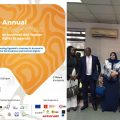 Land and environmental rights defenders, CSOs, scholars, and government to meet in Kampala to assess Uganda’s performance on the implementation of the UN Guiding principles on Business and Human Rights in Uganda.
Land and environmental rights defenders, CSOs, scholars, and government to meet in Kampala to assess Uganda’s performance on the implementation of the UN Guiding principles on Business and Human Rights in Uganda.
 #COP27: HUMAN RIGHTS ADVOCATES URGE PARTIES TO INCREASE RECOGNITION AND PROTECTION OF ENVIRONMENTAL AND LAND DEFENDERS.
#COP27: HUMAN RIGHTS ADVOCATES URGE PARTIES TO INCREASE RECOGNITION AND PROTECTION OF ENVIRONMENTAL AND LAND DEFENDERS.
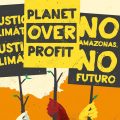 How Land and Environmental Defenders Protect the Planet, and How We Can Protect Them
How Land and Environmental Defenders Protect the Planet, and How We Can Protect Them
You may like
MEDIA FOR CHANGE NETWORK
Four hundred fifty victim families of the Oil Palm project in Buvuma are to receive compensation by this Friday – Witness Radio
Published
2 weeks agoon
December 17, 2025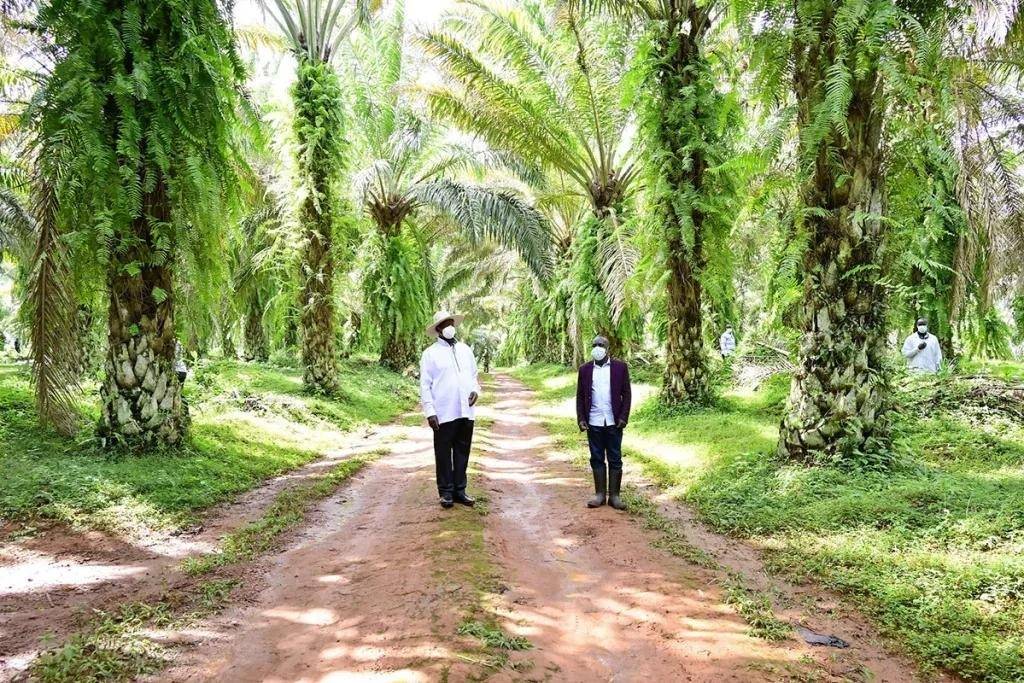
By Witness Radio team.
Entebbe, Uganda-President Yoweri Museveni has directed the Ministry of Agriculture, Animal Industry and Fisheries (MAAIF) to compensate the oil palm Project immediately Affected Persons (PAPs) in Buvuma District, following a physical meeting with residents who had camped in Entebbe for nearly two weeks protesting delayed and selective compensation. The 450 victim families are part of over 1400 families that have lost their land to the oil palm project in Buvuma district.
The affected residents, numbering approximately 450, had sought the President’s intervention after being repeatedly excluded from the ongoing compensation process under the National Oil Palm Project (NOPP), despite earlier presidential directives on their compensation.
During the meetings on Friday and Saturday, community representatives told the President about prolonged delays, lack of transparency, and exclusion from compensation lists.
“We told the President about the back-and-forth his ministries have been sending us through, the lack of participation, and how we have been wrongly portrayed as people who do not own land when we do. Because he knows us, we reminded him of the directive he issued when he visited our area, which his ministries later claimed they were not aware of,” Witness Radio source highlighted.
President Museveni reportedly expressed surprise over the continued delays.
“I thought they had paid you. Why is it taking so long?” the President was quoted as saying during the meeting.
The President immediately directed MAAIF to work closely with the Office of the President to ensure that compensation is processed and paid without further delay.
According to the source, who attended the meeting, the President personally followed up on the matter.
“I have been directly talking to the President, and he told me that he is sending representatives from his office. He said he advised them to work with MAAIF to make sure we are compensated, and he wanted this to be done soon,” the source added.
While more than 200 residents had camped in Entebbe, the President advised them to select 20 representatives to ensure their voices are heard and that they feel included in the process.
“The President advised us to reduce to 20 people to represent the whole community since we knew what everyone wanted,” it added.
Following the President’s order, a joint meeting between representatives of the affected residents, MAAIF, and officials from the President’s Office was held yesterday in Entebbe.
It was resolved that compensation should be completed before Friday.
During the meeting and after reviewing relevant supporting documents, residents revealed that it was agreed that the government would compensate their group of approximately 450 affected persons with 16 billion Uganda shillings, which is intended to cover land loss, destroyed crops, and displacement caused by the oil palm project, clarifying how the funds will address their specific losses.
This directive comes close to two weeks after residents from Nairambi, Busamizi, Buvuma Town Council, and Buwooya Sub-counties camped in Entebbe, accusing government ministries of ignoring an earlier presidential order issued during the President’s June 18, 2025, visit to Buvuma District.
During that visit, the President had directed that all affected households be compensated and that 28 billion shillings be allocated, with 14 billion to be released immediately. However, six months later, many residents remained uncompensated, prompting renewed protests.
The compensation dispute dates back to 2018, when more than 100 residents sued the government and Bidco in Mukono High Court over forced evictions, delayed compensation, and lack of disclosure. The case was later transferred to Lugazi High Court.
During his June visit, the President advised the complainants to pursue an out-of-court settlement, promising faster compensation. This pledge, residents say, had not been honored until the latest intervention.
Even after the Ministry of Agriculture announced earlier this month that it would compensate oil palm-affected residents in Buvuma and Sango Bay, the group said it had not been consulted, prompting them to demand a meeting with the president.
As of publication, the affected residents say they are awaiting implementation of the President’s directive, hoping that the latest orders will finally bring an end to years of uncertainty and hardship.
“By Friday, we hope everything will have been processed because we submitted all the necessary supporting documents, and a team from the Office of the President is supervising the process,” it added.
According to a press statement from the Ministry, more than 11 villages are expected to benefit from the compensation exercise, indicating that many affected people are yet to be compensated. The statement revealed:
Based on the Government Valuers’ report, full payments have been made to 301 PAPs in five villages, and the Ministry plans to pay 1,405 PAPs across 11 villages.
When asked about the other communities that are not part of the initial 450 beneficiaries who ran to the president, the Ministry of Agriculture spokesperson, Ms. Connie Acayo, stated that the Ministry would follow due process, including clear criteria and verification steps, to ensure that all affected persons are identified and fairly compensated.
“Those people told us they do not want to hear about compensation procedures, valuation, or other processes associated with compensation; they only want the money. That is, maybe, why they went to the President. However, our Ministry is transparent, and we must follow established procedures when implementing such activities,” Connie told Witness Radio.
Related posts:
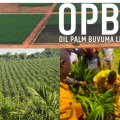
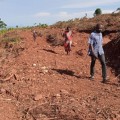 Uganda: Buvuma residents land cleared for oil palm growing before compensation
Uganda: Buvuma residents land cleared for oil palm growing before compensation
 Tension as Project-Affected Persons demand to meet Uganda’s President over Oil Palm growing on their grabbed land.
Tension as Project-Affected Persons demand to meet Uganda’s President over Oil Palm growing on their grabbed land.
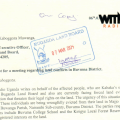 Palm Oil project investor in Landgrab: Witness Radio petitions Buganda Land Board to save its tenants from being forcefully displaced palm oil plantation.
Palm Oil project investor in Landgrab: Witness Radio petitions Buganda Land Board to save its tenants from being forcefully displaced palm oil plantation.
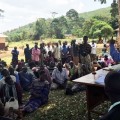 Oil palm growing: New twist as Buvuma residents disown group over compensation
Oil palm growing: New twist as Buvuma residents disown group over compensation
MEDIA FOR CHANGE NETWORK
Hidden iceberg: A new report identifies large scale industrial agriculture, livestock, and mining sectors as leading sources of attacks against land and environmental defenders worldwide.
Published
2 weeks agoon
December 15, 2025By Witness Radio team
A new global analysis report highlights a concerning rise in attacks against land and environmental defenders, aiming to inspire urgent policy and advocacy responses to this escalating violence.
The 2025 Hidden Iceberg Report reveals that nearly 2,500 non-lethal attacks against land and environmental defenders were documented across 75 countries in just two years. These attacks range from threats and surveillance to arbitrary arrests and online harassment.
The report findings by the Alliance for Land, Indigenous and Environmental Defenders (ALLIED), a global network of civil society actors that supports and protects Indigenous, Land, and Environmental Defenders, cover the period 2023-24, with Indigenous communities targeted in 1 out of every 3 cases.
According to the report, these attacks rarely make the news, yet they are often early warnings of lethal violence. Studies define lethal attacks as attacks designed to kill or cause serious harm, while non-lethal attacks aim to incapacitate or control a target temporarily.
As civic space continues to shrink worldwide, defenders and communities affected by development projects are increasingly silenced when defending their community rights or territorial land rights, which are often infringed upon by governments or project implementers.
“Every killing we document is preceded by multiple threats, intimidation attempts, and harassment, but states rarely report these cases. What we see publicly is only the tip of the iceberg.” The report mentions.
“We also saw in 2023 and 2024 that attacks against environmental concern groups expanded. Representing 10.7% of all attacks, the largest number of such attacks were registered in the United States, followed by Mexico, Uganda, and the United Kingdom.” Eva Hershaw, Global Data Lead at the International Land Coalition and Co-Chair of the ALLIED Data Working Group, revealed during the report launch.
The findings paint a stark picture where Latin America accounts for 58% of all documented non-lethal attacks, with Colombia, Guatemala, Brazil, Honduras, and Mexico emerging as persistent hotspots.
“Indigenous communities are attacked not because they are weak, but because they are powerful,” said Carla García, a legal expert from Guatemala. “They protect forests, rivers, and territories that governments and corporations want to exploit. Intimidation becomes a deliberate strategy to silence them.”
In Africa, violence against defenders takes gendered forms, with women facing online abuse, sexual violence, and social stigmatization.
“When women stand up against land grabbing or destructive projects, the attacks go beyond
threats. They target women’s dignity, their families, and their bodies. Many cases are never reported because the fear of retaliation is overwhelming,” Tawonga explained.
She adds that Environmental defenders in Africa are often brutalized by the very systems meant to protect them, making the reporting of attacks both risky and rare.
Across many African countries, environmental defenders operate in contexts characterized by state surveillance, intimidation, and harassment, with security legislation and cyber laws often used to silence them. On top of that, defenders are frequently stigmatized as anti-development or anti-investment. And this harmful narrative, usually pushed by governments and private actors, paints defenders as enemies of national progress.” She added.
One primary concern is the lack of reliable data on attacks, which should motivate policymakers and institutions to improve reporting mechanisms and foster accountability.
“This data gap is not accidental. It is the result of deep structural and systemic limitations that conceal the true scale of violence against environmental defenders here in Africa,” Tawonga explained.
The analysis identifies large‑scale industrial agriculture, livestock, and mining as the sectors most frequently targeted, guiding advocacy efforts toward these high-risk areas to enhance protective measures.
The defenders raising concerns about industrial agriculture and livestock operations were most consistently targeted. They faced the highest number of attacks, representing 29% of the total. We see that three out of every four attacks raising concerns about these business sectors were concentrated in Honduras, Colombia, Brazil, and Guatemala. After industrial agriculture and livestock, mining was the next most common sector connected with attacks.” Eva added
As the climate crisis deepens and competition over land intensifies, the report warns that attacks on environmental defenders will likely worsen unless governments, corporations, and international institutions act decisively.
The report calls on states to strengthen and sustain mechanisms for collecting and reporting data, support national human rights institutions with mandates to monitor violations, and commit to transparency regarding violence against defenders. It also urges businesses to adopt and implement public policy commitments that recognize and protect the vital role of human rights defenders.
Related posts:
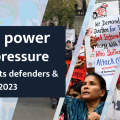
 Criminalization of planet, land, and environmental defenders in Uganda is on the increase as 2023 recorded the soaring number of attacks.
Criminalization of planet, land, and environmental defenders in Uganda is on the increase as 2023 recorded the soaring number of attacks.
 Human rights defenders show remarkable courage in the face of attacks and killings – new report
Human rights defenders show remarkable courage in the face of attacks and killings – new report
 African Development Bank’s Push for large scale Agriculture in Africa will spark more concerns over Food Sovereignty and Environmental Impacts.
African Development Bank’s Push for large scale Agriculture in Africa will spark more concerns over Food Sovereignty and Environmental Impacts.
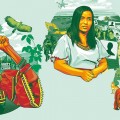 Defending tomorrow: The climate crisis and threats against land and environmental defenders
Defending tomorrow: The climate crisis and threats against land and environmental defenders
MEDIA FOR CHANGE NETWORK
Women’s groups demand equality in land tenure security to boost food production.
Published
2 weeks agoon
December 15, 2025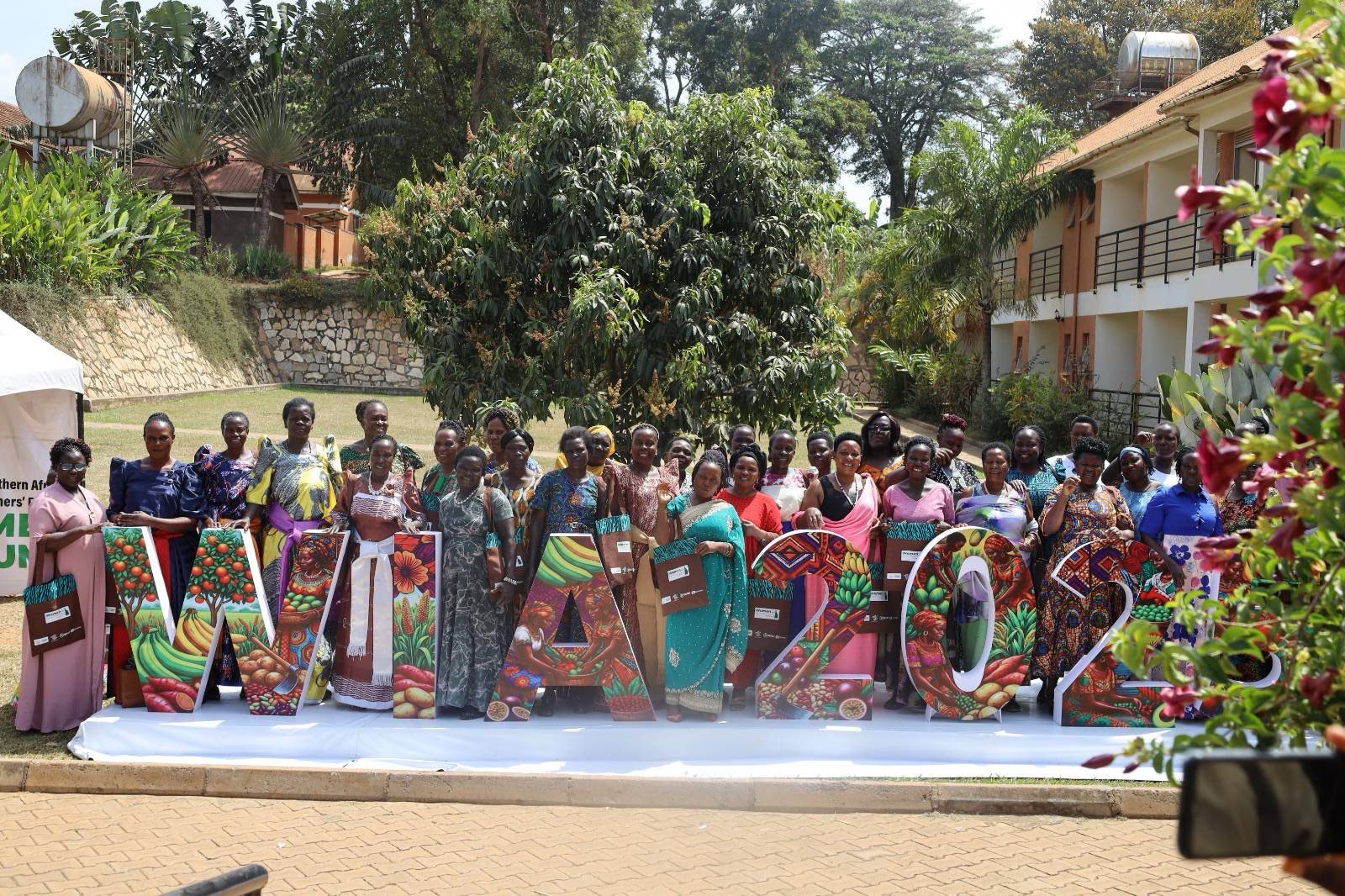
By Witness Radio team.
Women’s struggle for land rights is now a critical global issue that has garnered attention from civil society organisations, policymakers, and human rights activists. Many argue that women are often excluded from land governance, hindering economic growth.
Statistics reveal that women produce a massive amount of the world’s food, especially in developing nations, with estimates often citing 60-80% of food in developing countries and roughly half globally. Recognizing this can inspire policymakers and activists to believe in women’s vital role in food security.
Edith Nalwende, a small-scale farmer from Bugiri district, is one of the many affected by the exclusion of women from land ownership and governance.
“Somebody called me, he was desperate and needed some quick money in his land. He told me I should buy this land, and I can pay by instalments. I informed my husband that there is a good deal here. I want to pay part of that money since the person is ready to receive the instalment. The response was obvious. Why do you want to buy land? Leave that land and don’t buy it,” she revealed in an interview with a Witness Radio journalist.
Many women like Nalwende face significant barriers to land ownership and recognition. Gender stereotypes in many Ugandan and African communities often bar women from owning land.
“Because of being a woman, I was stopped by my husband from buying land. I gave up. I didn’t buy the land. So, I called the seller. But he also didn’t appreciate why I told my husband, he asked me why I had told him,” said Nalwende.
ESAFF gathered rural women to share their stories. Edith was one of them, and women farmers were empowered to secure their land rights, thereby increasing productivity and promoting economic development.
While women are pivotal to small-scale agriculture, farm labour, and daily family subsistence, they face greater difficulty than men in accessing land and productivity-enhancing inputs and services. They claim they have been sidelined in issues of land governance, land ownership, and economic development.
According to research by the Food and Agriculture Organisation (FAO), less than 15 per cent of agricultural landholders worldwide are women, and 85 per cent are men. The most significant gender inequalities in access to land are found in North Africa and the Near East, where only around 5 per cent of all landholders are women.
Organised by the Eastern and Southern Africa Small-Scale Farmers Forum in Uganda (ESSAFF Uganda) and partners, the conference, attended by more than 40 small-scale women farmers and officials from various ministries, highlighted the critical role of women small-scale farmers in Uganda’s agriculture.
“Statistics show that women contribute the majority of agricultural labour in Uganda. Yet their contributions often remain undervalued and unsupported. Despite their central role, women continue to face systematic barriers to land ownership and control. Insecure land tenure undermines their productivity, limits their access to credit, and erodes their dignity.” Said Ms Christine Okumu, a representative from the Ministry of Gender, Labour and Social Development
She adds that, “Without secure land rights, women cannot fully invest in sustainable farming practice. Nor can they pass assets to their children. This is a fact based on all the testimonies given before us here. Unless women have that right to land, they cannot fully invest in sustainable farming practice.”
It is estimated that if women small-scale farmers had the same resources as men, their yields could increase by 20–30%, significantly boosting food security.
“Closing this gender gap could add nearly $1 trillion to global GDP and lift 45 million people from hunger. Investing in women isn’t just about fairness – it’s key to Africa’s economic and agricultural future.” According to research by FAO.
Women’s land insecurity not only affects food sovereignty but also escalates gender-based violence, exposing women to rights violations and increased vulnerability.
“Insecure land tenure exposes women to heightened risk of gender-based violence. Dispossession, forced eviction, and land grabbing often come hand in hand with intimidation, harassment, and abuse. Such acts appear on social media platforms, accompanied by hurtful messages and embarrassing pictures. I’ve seen pictures of women being chased out of their homes. And I’ve seen also pictures of women who have invested in lands, and at the end of it all, because behind them, somebody took the land from them.” Added Ms Okumu.
Unlike other years, when the conference focused on topics like women in business and leadership, this year the focus has shifted to empowering women to own land, offering a hopeful path toward stronger agricultural independence.
“We are focusing on land so that we can support as many women as possible. And also, we would want to work together with the government, which has already rolled out a program of registration of land, and we think that this is something that women can take advantage of, so that they secure their land rights, and grow healthy food, and then also increase their income.” Says Ms Nancy Mugimba, the National Coordinator for ESSAFF Uganda.
She adds, “If you don’t have your own land, your ability to grow crops, generate income, and access financial services is limited. Securing land rights enables women to produce healthy food and invest in their communities.”
Ms Christine Okumu calls for the engagement of men and cultural and religious institutions in the fight for Women’s land rights, emphasizing that collective effort can lead to meaningful progress and social cohesion.
“The Ministry has also developed a strategy for male involvement. You know, this fight, we cannot do it alone. If we can get allies, it can help us. If we get a few men who can advocate for some of these issues and open the minds of other men to see that whatever they are doing is affecting their wives in a very negative way,” she said.
Related posts:
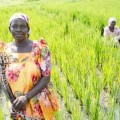
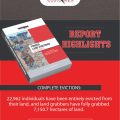 Forced Land Evictions in Uganda: Tenure and food insecurity on the rise…
Forced Land Evictions in Uganda: Tenure and food insecurity on the rise…
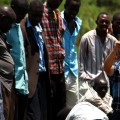 Chinese rice farm helps boost food security, employment in central Uganda
Chinese rice farm helps boost food security, employment in central Uganda
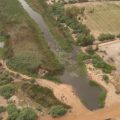 African Agriculture on a mission to boost global food production.
African Agriculture on a mission to boost global food production.
 Agriculture sector allocated UGX 1.5 trillion to boost agro-production
Agriculture sector allocated UGX 1.5 trillion to boost agro-production

‘Food and fossil fuel production causing $5bn of environmental damage an hour’

Four hundred fifty victim families of the Oil Palm project in Buvuma are to receive compensation by this Friday – Witness Radio

Britain, Netherlands withdraw $2.2 billion backing for Total-led Mozambique LNG
Hidden iceberg: A new report identifies large scale industrial agriculture, livestock, and mining sectors as leading sources of attacks against land and environmental defenders worldwide.

EALA members renew push for unified sub-regional Agroecology Law during Mukono meeting.

The Carbon Mirage in Uganda: How reforestation initiatives are turning into sources of displacement and poverty?

A Global Report reveals that Development Banks’ Accountability Systems are failing communities.

Using agroecology as a climate adaptation strategy and fighting extreme weather: A case of a retired teacher farming on a rocky terrain in Mukono, Uganda.

Innovative Finance from Canada projects positive impact on local communities.
Over 5000 Indigenous Communities evicted in Kiryandongo District
Petition To Land Inquiry Commission Over Human Rights In Kiryandongo District
Invisible victims of Uganda Land Grabs
Resource Center
- REPARATORY AND CLIMATE JUSTICE MUST BE AT THE CORE OF COP30, SAY GLOBAL LEADERS AND MOVEMENTS
- LAND GRABS AT GUNPOINT REPORT IN KIRYANDONGO DISTRICT
- THOSE OIL LIARS! THEY DESTROYED MY BUSINESS!
- RESEARCH BRIEF -TOURISM POTENTIAL OF GREATER MASAKA -MARCH 2025
- The Mouila Declaration of the Informal Alliance against the Expansion of Industrial Monocultures
- FORCED LAND EVICTIONS IN UGANDA TRENDS RIGHTS OF DEFENDERS IMPACT AND CALL FOR ACTION
- 12 KEY DEMANDS FROM CSOS TO WORLD LEADERS AT THE OPENING OF COP16 IN SAUDI ARABIA
- PRESENDIANTIAL DIRECTIVE BANNING ALL LAND EVICTIONS IN UGANDA
Legal Framework
READ BY CATEGORY
Newsletter
Trending
-

 MEDIA FOR CHANGE NETWORK2 weeks ago
MEDIA FOR CHANGE NETWORK2 weeks agoFour hundred fifty victim families of the Oil Palm project in Buvuma are to receive compensation by this Friday – Witness Radio
-
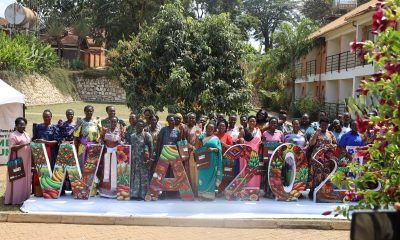
 MEDIA FOR CHANGE NETWORK2 weeks ago
MEDIA FOR CHANGE NETWORK2 weeks agoWomen’s groups demand equality in land tenure security to boost food production.
-
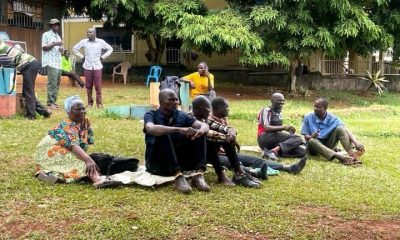
 MEDIA FOR CHANGE NETWORK2 weeks ago
MEDIA FOR CHANGE NETWORK2 weeks agoTension as Project-Affected Persons demand to meet Uganda’s President over Oil Palm growing on their grabbed land.
-
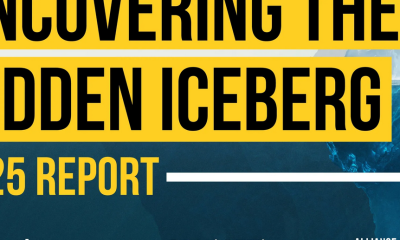
 MEDIA FOR CHANGE NETWORK2 weeks ago
MEDIA FOR CHANGE NETWORK2 weeks agoHidden iceberg: A new report identifies large scale industrial agriculture, livestock, and mining sectors as leading sources of attacks against land and environmental defenders worldwide.
-

 SPECIAL REPORTS AND PROJECTS2 weeks ago
SPECIAL REPORTS AND PROJECTS2 weeks agoBritain, Netherlands withdraw $2.2 billion backing for Total-led Mozambique LNG
-

 SPECIAL REPORTS AND PROJECTS1 week ago
SPECIAL REPORTS AND PROJECTS1 week ago‘Food and fossil fuel production causing $5bn of environmental damage an hour’

